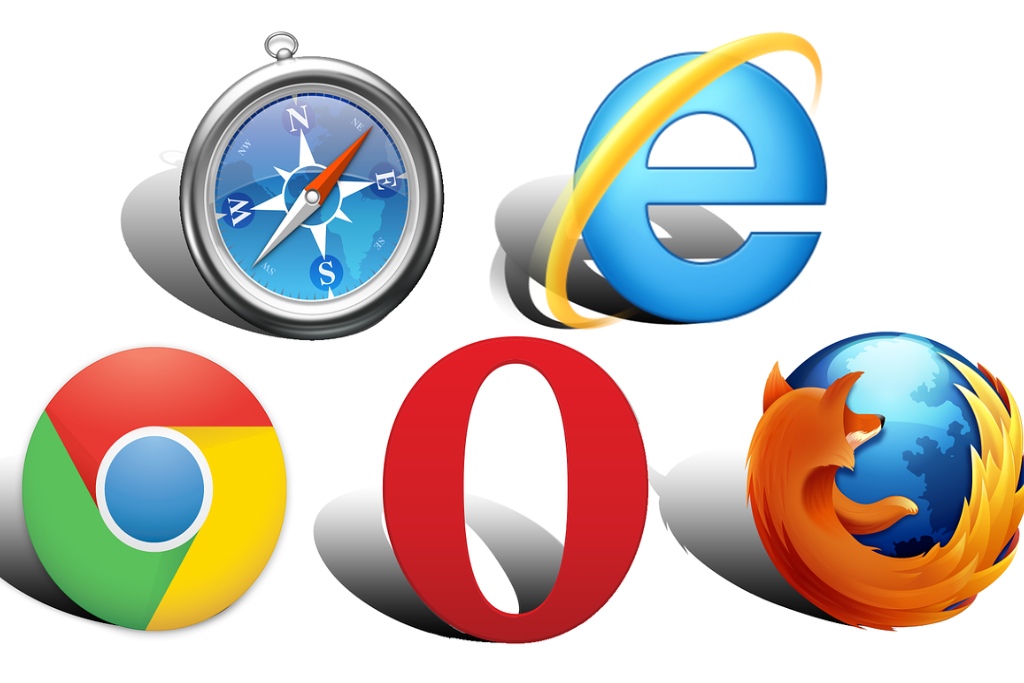Causes Of Inflation And Definition

The causes of inflation can be quite different, although they fall into two camps: demand and cost pressure. Demand attraction occurs when demand increases for goods and services lead producers to raise prices to maximize profits. Cost increases occur when producers increase prices because their costs have increased.
Over time, inflation can significantly affect the cost of living, affecting everyone from citizens to businesses to the stock market.
What Is Inflation?
Inflation can be defined as a sustained or continuous increase in the general price level or as a sustained or constant fall in the value of money. Several things should be noted about this definition:
- Inflation refers to the movement in the general price level. It does not refer to changes in one price concerning other prices. These changes are common even when the general price level is stable.
- Prices are those of goods and services, not those of assets.
- The increase in the price level must be substantial and continue for longer than a day, a week or a month.
What Are The Causes Of Inflation?
Inflation reflects price increases throughout the economy. So with high inflation, people whose income is not increasing along with the cost of living may no longer be able to afford their lifestyle.
There has been practically no period in history in which a significant change in the price level has occurred that has not been simultaneously accompanied by a corresponding change in the money supply. This has led to a widespread view that, in the long run, inflation is always and everywhere a resulting monetary phenomenon and accompanied by an increase in the quantity of money relative to production.
This view is consistent with two entirely different views as to the cause of inflation: whether factors cause it:
- On the demand side: influencing overall spending.
- On the supply side: controlling overall production at any given time.
Inflationary pressures begin to increase when spending in the economy exceeds output in the economy. Monetary policy can be used to keep spending in line with total production, albeit imperfectly and with lags between implementation and results.
Therefore, a faster money growth rate plays an active role in inflation and is the result of wrong policies, such as:
- Those that set interest rates too low.
- Those that support unrealistic euro currency exchange values.
In this view, control of inflation rests with the central government and depends on its willingness to limit the growth of the money supply.
However, the relationship between changes in the money supply and changes in inflation is not stable. Thus, in practice, economists are divided on whether inflationary trends can be better predicted by looking at the relationship between spending and output, using measures such as the output gap, or by analyzing monetary policy measures, such as growth in the money supply.
What Causes Inflation?
The causes of inflation affect everyone’s economy and finances. These are the following:
- Growing economy. In a growing or expanding economy, unemployment drops, and wages often go up. As a result, more people find themselves with more money in their pocket than they are willing to spend on luxuries and necessities. This increased demand allows suppliers to raise prices, create more jobs, put more money into circulation and go round. In this context, the causes of inflation lead to something positive. Because a growing economy can lead to increased spending and consumer demand, it is considered a form of demand inflation.
- Expansion of the money supply. An expanded money supply can also drive demand inflation. This happens when the government prints money at a rate higher than the economy’s growth rate. With more cash in circulation, demand grows, and prices rise.
- Government regulation. The government can impose new laws or tariffs that make it more expensive for companies to produce or import goods. They pass on those higher expenses to consumers in the form of higher prices. This results in cost inflation.
- Management of public debt. When the national debt skyrockets, the government has two main options. One is to raise taxes to make your debt payments. If you increase corporate taxes, businesses will likely shift the burden to consumers through higher prices. This is another cost inflation scenario. Of course, the government’s other option is to print more money. As explained above, this can result in demand inflation. So if the government uses both approaches to address the national debt, it can affect both demand and cost inflation.
- Variations in the exchange rate. When the euro’s value falls relative to the foreign currency, purchasing power is reduced. In other words, imported products, most of the consumer goods bought, become more expensive to buy. Its cost increases. The resulting inflation is considered the type of cost increase.
In the worst case, once the causes of inflation appear, its consequences can reduce the value of the money that citizens have invested and saved. It can also set off a vicious cycle that leads to a recession. With a general decline in purchasing power, consumers slashed spending, even necessary.
Also Read: How Do The Leading Companies In The Market Work On Their Product Strategies?






